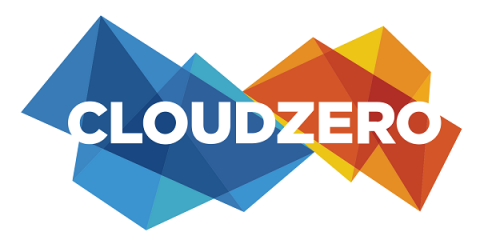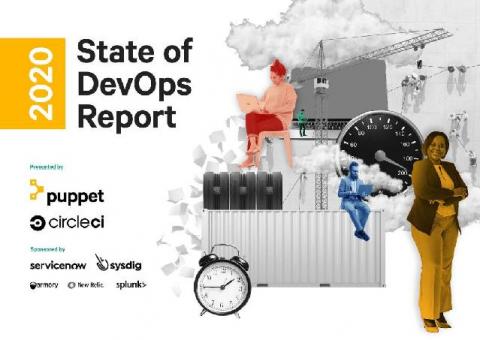What Is Profitable Innovation and How Can Your Business Achieve It?
In the context of businesses, the ultimate goal of innovation for technology companies is to drive a profit. This means that even though many software engineering problems can be solved with enough time and budget — just because a business can solve a problem doesn’t mean that they should. Sometimes, even once a team has figured out how to solve an engineering problem, it doesn’t make sense to deploy the solution — because it costs so much to operate.





